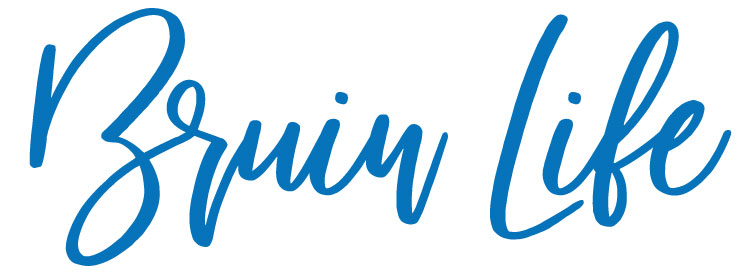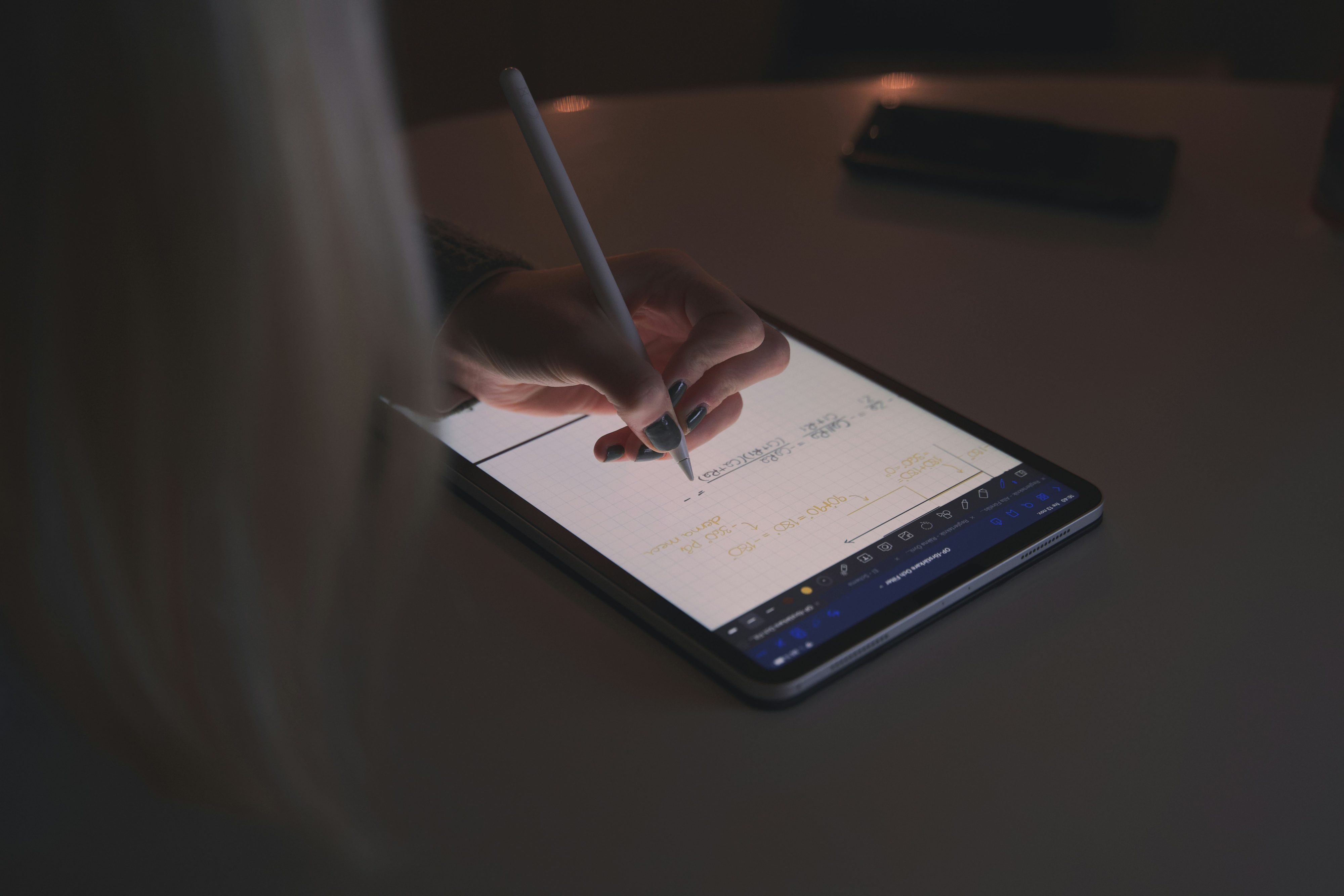The age of technology is no more apparent than in the average lecture hall, where paper is scarce and screens have become abundant.
There are three distinct groups that arise among the sea of students: students typing on their laptops, students writing onto tablets and students handwriting notes onto paper. The first two groups far outnumber the small percentage of students who opt for traditional paper, with some students choosing a combination of two or even all three methods. Deciding which kind of note-taking helps you to learn best is an important decision to make. What makes each method unique? What are some potential drawbacks to each one? Read on to find out more.
Typed Notes
Speed
Typing is often the fastest way to take notes, provided that the student has fast typing skills. Being able to collect information quickly lends itself to jotting down more information if a professor or teaching assistant is presenting a slideshow with important bullet points.
Comprehension
Typing opens the door for students to transcribe entire lectures and slideshows nearly verbatim. A 2014 study conducted by Princeton’s Pam A. Mueller and UCLA’s Daniel M. Oppenheimer noted that, while this can be useful, it dissuades students from summarizing and thinking critically about the concepts they’re noting down.
Note-Taking Platforms
Using a laptop opens the door to using resources like Google Docs, Word and other platforms like Notion. Each of these options makes it easy to create clean-looking elements such as lists and tables, and such platforms lend well to compiling an organized document for later access.
Handwritten Paper Notes
Comprehension
As mentioned above, Mueller and Oppenheimer’s study suggested that those who are handwriting notes make greater efforts to summarize and mentally sort information before writing it down, allowing for deeper conceptual comprehension. The study sheds light on the possibly misguided belief that the simple act of writing letters is what accounts for increased levels of conceptual learning.
Visual Elements
Many classes ask students to learn visual models like molecular structures, complex statistics equations or graphs of economic supply and demand. Paper note-taking makes drawing and practicing these visual elements simpler, as these elements can be difficult to recreate on type-only platforms. Paper notes are also great for highlighting and color-coding, which can be more enriching with physical highlighters compared to digital editing tools.
Reduced Screen Time
Students may find staring at a screen all day to be rather draining and tiring for the eyes. A 2014 study conducted by James Roberts at Baylor University reported that college students in the United States use smartphones for about nine hours a day, a number which has likely increased and also fails to account for non-smartphone-based screen time. Since most university assignments are online, taking paper notes can break up the pattern of screen use and minimize distractions that come with using tablets and computers in class, such as the allure of certain New York Times games.
Environmental Cost
Paper notes can sometimes be wasteful, especially after a class has ended and there is no longer a need to keep a physical copy of the notes.
Tablet Notes
Tablet notes share many of the same costs and benefits of both laptop and paper notes. To name some, writing out diagrams and easily compiling notes digitally may benefit the user, while distracting apps and the tediousness of handwriting may negatively impact learning.
Direct Editing
Some students have found that tablets are useful for writing notes directly on slideshows or PDFs that professors upload onto BruinLearn, as they no longer need to copy down slide information and can instead focus on a professor’s spoken comments.
Subscription-Based Applications
Tablet users often rely on popular note-taking apps such as Notability, which offer a variety of options to color-code and organize notes in visually engaging ways. Applications such as Notability, however, can be subscription-based.
Price
It is important to note that tablets are very expensive, as are tools like digital pencils which are integral to handwriting notes on tablets. For instance, the newest 13-inch iPad Air is currently $799 without the Apple Pencil. Considering the cost, laptops can be more versatile and more useful, since they can be used for notes as well as assignments like coding or writing papers. Students who wish to use laptops and tablets that do not currently own them can rent out laptops and tablets for free at any UCLA Campus Library Instructional Computing Commons, or CLICC Lab.
Considering the host of different pros and cons, students should align their style of taking notes to their situation. They should consider whether they prefer to write notes on a tablet or on paper, if they require deep conceptual processing of a topic or if they prefer to type notes to maximize information collection. As the new school year begins in a few short months, one might reflect on strategies they found useful in the past, and whether or not they need to make a change in how they tackle lectures and discussions in the future.

